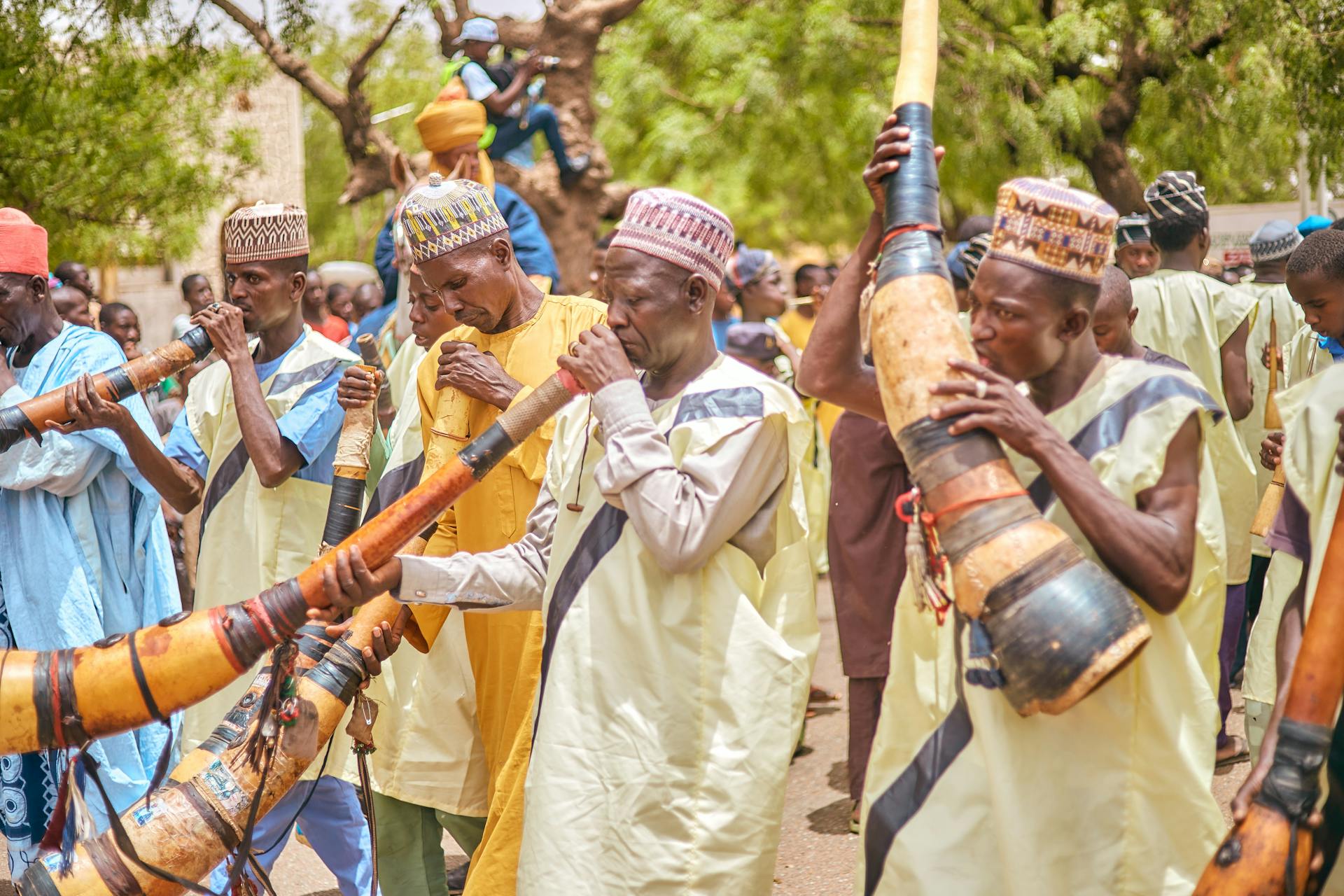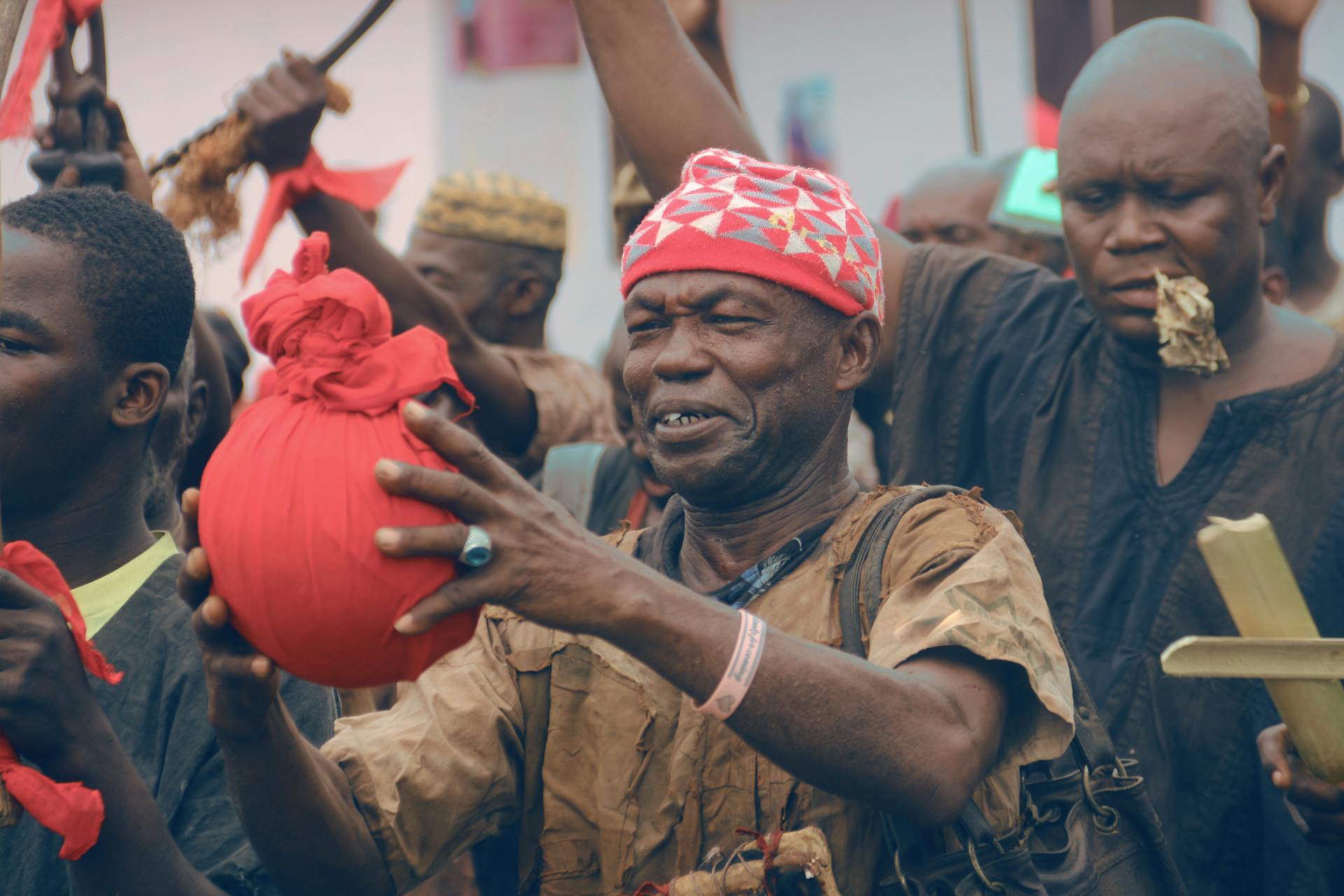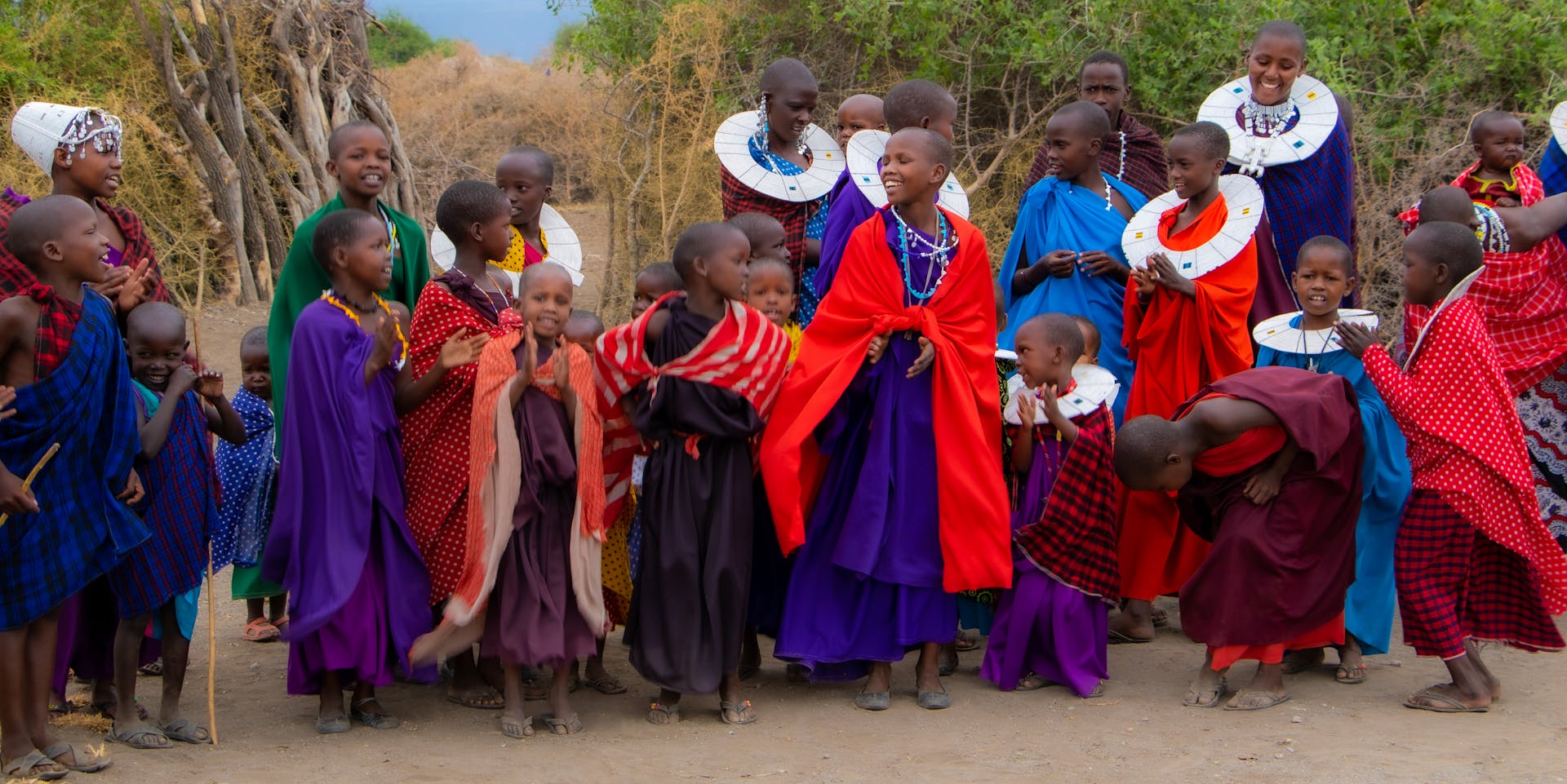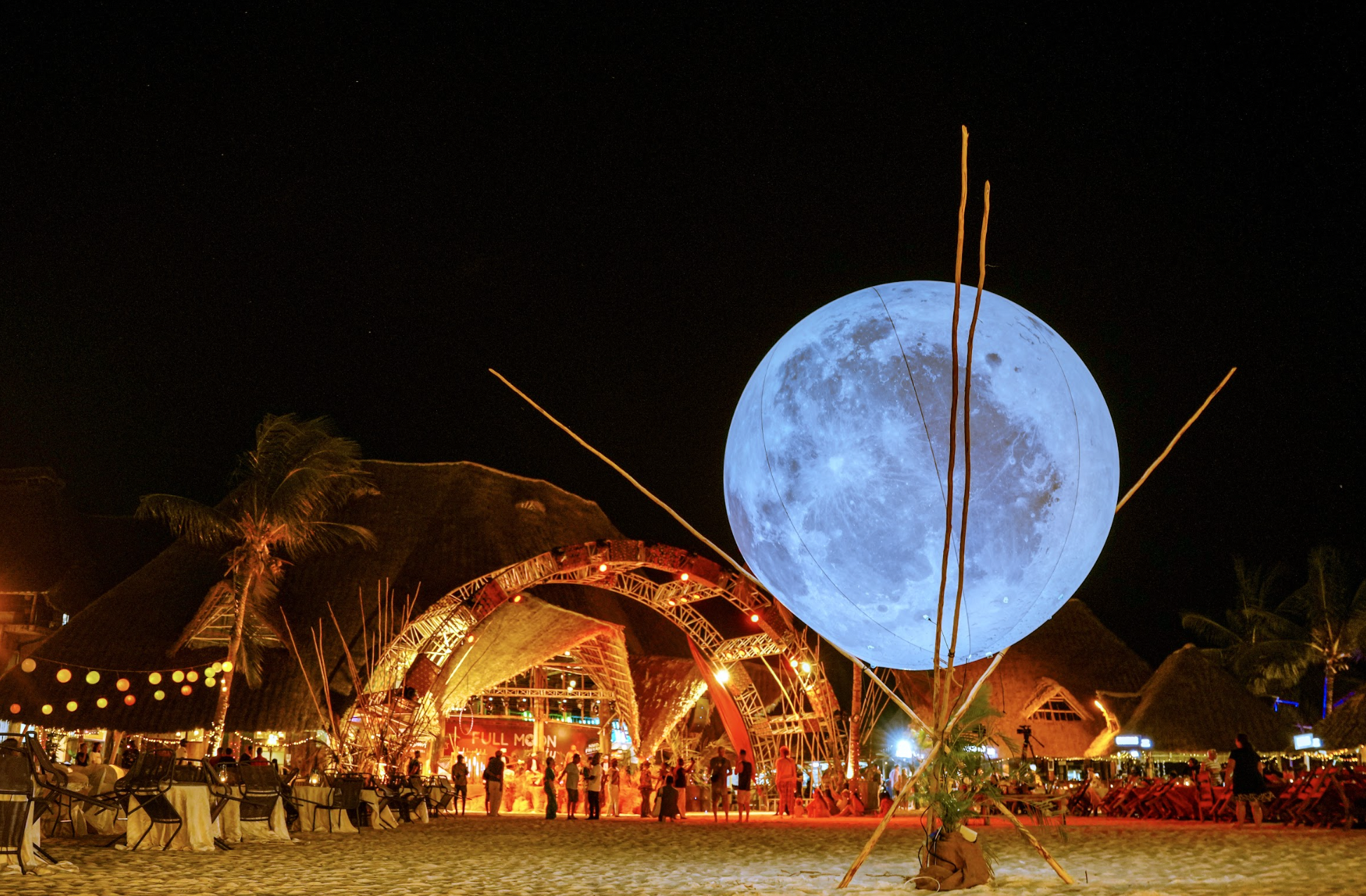Tanzania’s Rhythmic Soul: Discovering Bongo Flava and Traditional Sounds



Close your eyes for a moment. What do you hear when Tanzania comes to mind? Perhaps the trumpeting of elephants, the crackling of a campfire on safari, or the gentle lapping of waves on a tropical shore. But there is another sound, woven into the very fabric of Tanzanian life, a sound that tells stories, celebrates culture, and moves your feet: Music! From the infectious beats of Bongo Flava to the rich traditions of tribal rhythms, the Tanzanian music scene is a captivating journey for the ears.
Forget the Tourist Trail: Immerse Yourself in Tanzanian Rhythms
While safaris and beaches are undeniably incredible, diving into the local music scene offers a unique and unforgettable cultural immersion. It's a chance to connect with Tanzanian people on a deeper level, understand their stories, and experience the pulse of the nation beyond the postcard views.
Ready to swap your binoculars for dancing shoes? Let's explore the sounds of Tanzania!
The Reign of Bongo Flava: More Than Just Music
Step into any town or city in Tanzania, and you'll likely be greeted by the pulsating sounds of Bongo Flava. This uniquely Tanzanian genre emerged in the 1990s and has since become the dominant force in popular music. It's a captivating fusion of Hip Hop, R&B, Reggae, and traditional Tanzanian sounds, often featuring Swahili lyrics that address social issues, love, and everyday life.
Why is Bongo Flava so Captivating?
Catchy Melodies and Irresistible Beats. You'll find yourself humming along even if you do not know the song or what it means.
Relatable lyrics. Artists often sing about themes that resonate deeply with everyone. The love songs will make you daydream.
Powerful Storytelling. Many songs tell compelling narratives about love, hardship and aspirations.
A Platform for Social Commentary. Artists often use their music to address important social and political issues.
![]()
Bongo Flava Artists to Discover:
Bongo Flava Artists to Discover:
Ali Kiba. A 39‑year‑old male artist and a very prominent figure in Bongo Flava in all of Eastern Africa. He is known for his looks, smooth vocals and soulful lifestyle.
YouTube channel: www.youtube.com/@alikibaOfficial
Most viral song: “Mwana” with over 40 million views.
Personal favorite picks: “Nakshi Mrembo” and “Mapenzi Run Dunia”, both being sweet love songs with an emotional message.
Diamond Platnumz. A 36‑year‑old male artist with over 10 million subscribers on YouTube, known for his catchy hooks and energetic performances.
YouTube channel: www.youtube.com/@dplatnumz
Most viral song: “Yope Remix” ft. Innoss’B, with over 250 million views.
Personal favorites: “African Beauty” ft. Omarion and “The One”
Zuchu. A rising female artist who has gained popularity for her powerful voice and empowering lyrics.
YouTube channel: www.youtube.com/@officialzuchu
Most viral song: “Sukari” with over 110 million views.
Personal favorite: “Sukari”
The Soul of Tanzania: Exploring Traditional Tanzanian Music
While Bongo Flava dominates the airwaves, Tanzania is home to a rich tapestry of traditional musical styles, each reflecting the diverse ethnic groups and their unique histories. These sounds are the roots, the ancient rhythms that have been passed down through generations.
Traditional Tanzanian Music:
Maasai Music. Characterized by chanting, chanting with percussive sounds from rattles and bells, and a lack of instrumental accompaniment. Their rhythmic jumping style is iconic.
Gogo Music: Known for the use of zeze (a one-stringed fiddle) and the i lingo (a large gourd rattle). Gogo music often features call-and-response singing and complex hymns.
Sukuma Music: Often features intricate drum patterns and the use of the kayamba (a raft rattle). This music is often performed during ceremonies and celebrations.
Zaramo Music: Found along the coast, Zaramo Music is often influenced by Arabic and Indian sounds, featuring instruments like the oud and the tabla.
Key Characteristics of Traditional Tanzanian Music:
Rhythm. Drums, percussion instruments, and intricate rhythmic patterns are central.
Storytelling or Oral Tradition. Music often serves as a way to preserve history, myths, and social norms.
Call-and-Response Singing. A common feature, fostering community participation.
Use of Traditional Instruments. Instruments crafted from local materials like wood, animal skins, and guards.

My First Encounter with Tanzanian Traditional Music: During a visit to a cultural center near Arusha, I had the opportunity to witness a performance of traditional Maasai singing and dancing. The raw power of their voices, the rhythmic shaking of their rattles, and their incredible jumping created an almost hypnotic experience. Would you believe me if I told you they can touch the sky? Almost as if they defy gravity.
Where to Experience Tanzania's Music Scene:
Live Music Venues: Check out bars, restaurants, and cultural centers in cities like Dar es Salaam, Arusha, and Zanzibar for live performances.
Musical Festivals and Events: Look out for local music festivals and cultural events that showcase both Bongo Flava and traditional music.
Cultural Villages: Many cultural villages offer performances of traditional music and dance.
Local Radio Stations and TV Channels: Tune in to get a feel for the current music trends and discover new artists.

Ready to Feel the Rhythm?
Tanzania's music scene is a vibrant and dynamic reflection of its rich culture and history. By taking the time to explore both the popular sounds of Bongo Flava and the deep-rooted traditions of tribal music, you'll gain a truly authentic understanding of this incredible country. So, next time you're in Tanzania, open your ears and let the music move you!

Planning a trip to Tanzania? Make sure you include a night out for some live music.
Enjoyed this article?
Share it with your friends!
You might also like

Maasai Culture: Traditions, Beliefs, and Daily Life in East Africa
Discover the rich and vibrant culture of the Maasai people of Tanzania and Kenya — from their age-set system and traditional dress to their spiritual beliefs, cattle-centered lifestyle, and the challenges they face in the modern world.

Heartbeats of the Maasai: A Day Living with Tanzania’s Heart (An Authentic Cultural Immersion in Maasai Life)
As the first honey-gold light spills across the savanna, you'll wake not to an alarm, but to the low murmurs of mothers singing blessings over their children. This is no cultural performance—it's raw, unfiltered life among the last great nomadic warriors of East Africa.

Top Nightlife Spots in Tanzania
From laid-back beachside house beats as the sun dips below the horizon to legendary full-moon celebrations under the starlit Indian Ocean sky, join us as we journey through Tanzania’s top four after-dark destinations—each promising vibrant rhythms, unforgettable performances, and the kind of island magic that turns any night into the experience of a lifetime.

Traditional Tanzanian Wedding Guide: Ngoma Drums, Kanzu & Cultural Celebrations
There’s a moment at every Tanzanian wedding when the drums take over. The air hums with ngoma beats, uncles in crisp kanzus break into spontaneous dance, and the bride’s kanga wraps swirl like liquid sunshine.
